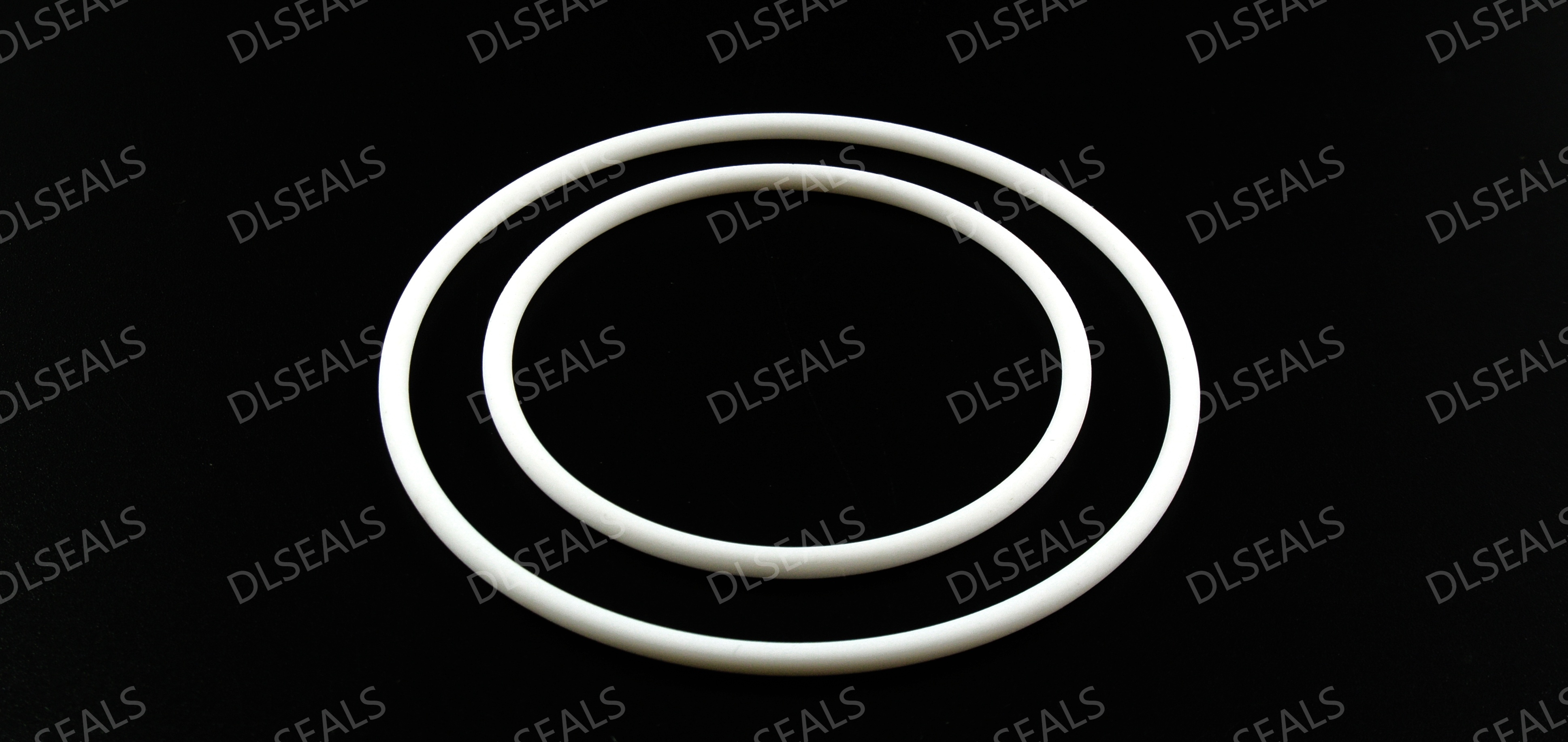
In modern engineering design, rubber seals are key components and are widely used in machinery, automobiles, aerospace and other fields. In order to ensure their performance in actual use, engineering simulation and optimization become particularly important. This article will discuss the simulation methods, optimization strategies and application examples of rubber seals.
1. Engineering simulation methods
a. Finite element analysis (FEA)
Definition: Finite element analysis is a numerical simulation technology used to evaluate the performance of materials and structures under different loads.
Application: By establishing a finite element model of rubber seals, its stress, strain and deformation under different working conditions can be analyzed.
Tools: Commonly used FEA software includes ANSYS, ABAQUS and COMSOL Multiphysics.
b. Dynamic simulation
Definition: Dynamic simulation focuses on the behavior of materials under dynamic loading, including vibration, impact and friction.
Application: It can be used to evaluate the dynamic response of seals under working conditions, especially the performance under high-frequency vibration.
c. Thermal simulation
Definition: Thermal simulation is used to analyze the thermal behavior and thermal stress of materials under different temperature conditions.
Application: It can evaluate the thermal stability and performance changes of rubber seals at high and low temperatures and during temperature changes.
d. Fluid simulation
Definition: Fluid simulation is used to simulate the contact and action of fluids with rubber seals.
Application: Helps evaluate the sealing effect and possible leakage of seals in liquid or gas environments.
2. Optimization strategy
a. Design parameter optimization
Geometry optimization: By changing the shape and size of the seal, the sealing performance, ease of installation and material utilization are evaluated.
Material selection optimization: Select the appropriate rubber material according to different working environments and performance requirements to improve the sealing performance and service life.
b. Load condition optimization
Compression adjustment: According to the working environment of the seal, optimize its pre-compression to ensure the best sealing effect and minimum wear.
Dynamic factor analysis: Consider the dynamic load in actual work and adjust the seal design to withstand vibration and impact.
c. Multi-objective optimization
Comprehensive consideration: When optimizing seals, it is often necessary to weigh multiple goals, such as sealing effect, durability, cost and weight.
Optimization algorithm: Genetic algorithm, particle swarm optimization and other methods can be used to systematically find the best design solution.
3. Application examples
Case 1: Design of automobile engine seals
Background: The working environment of automobile engines is harsh, and reliable sealing performance is required under high temperature and high pressure conditions.
Simulation process: The seals are thermally-mechanically coupled and simulated using finite element analysis software to evaluate their stress and deformation in high temperature working environments.
Optimization results: By optimizing the design shape and material selection, the sealing performance and durability are successfully improved, and the oil leakage caused by seal failure is reduced.
Case 2: Development of aerospace seals
Background: The aerospace field has extremely high requirements for sealing performance, and seals need to work in extremely low temperatures and vacuum environments.
Simulation process: Thermal simulation and fluid simulation methods are used to analyze the thermal performance and fluid dynamics of seals in extreme environments.
Optimization results: After the optimized design, the seals show excellent sealing ability and durability in extreme environments, meeting the strict requirements of aerospace.
Conclusion
Engineering simulation and optimization of rubber seals are important means to improve their performance. Through finite element analysis, dynamic simulation, thermal simulation and fluid simulation, we can deeply understand the performance of seals under different working conditions, and then carry out effective design optimization. With the development of computer technology and the advancement of optimization algorithms, these technologies will become more popular and provide more reliable support for the design and application of rubber seals.
Post time: Oct-15-2024
